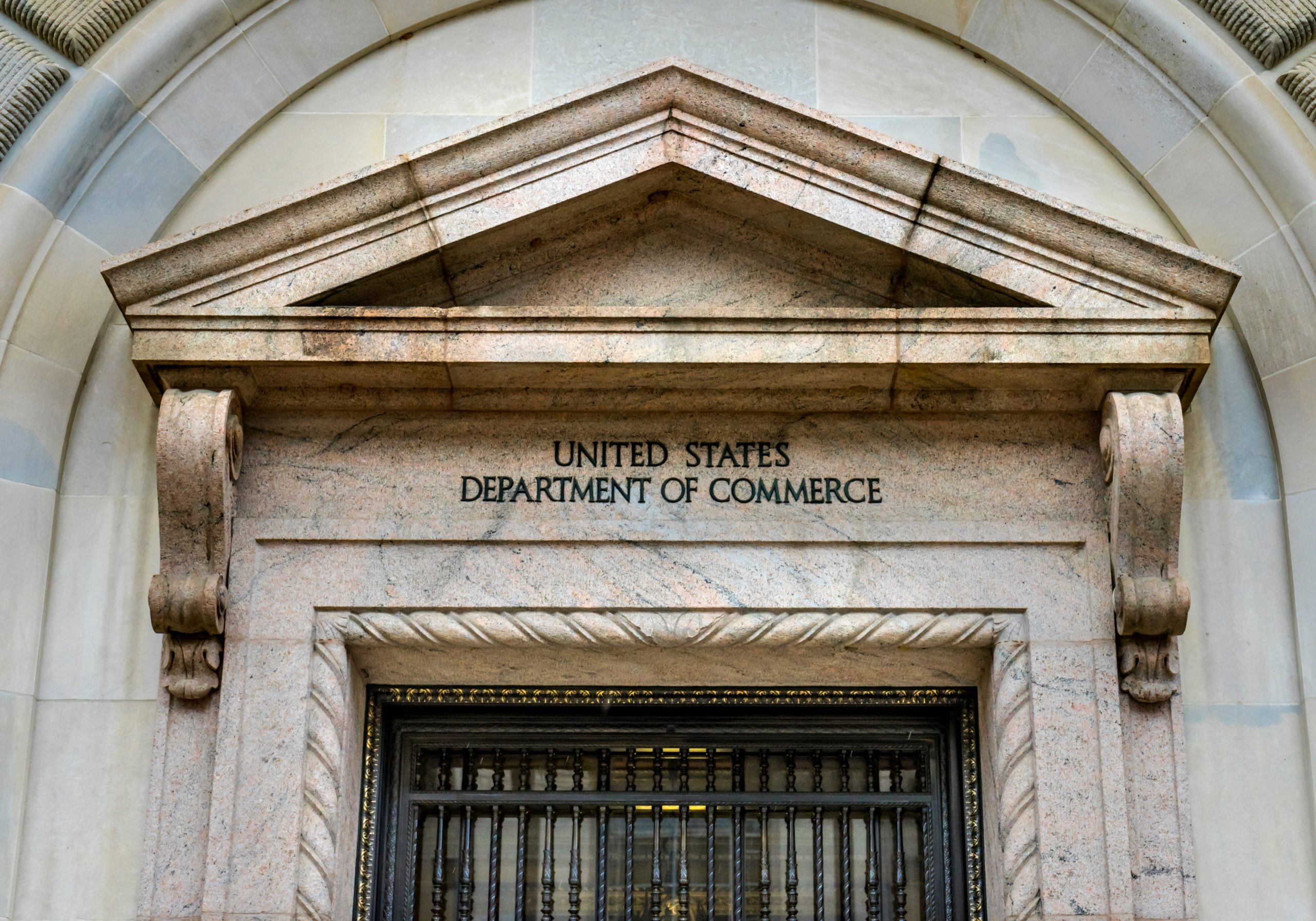This article was previously published on the Learn Liberty blog.
Political slogans tend to obscure more than they enlighten. Barack Obama’s 2008 call for “Change We Need,” for example, turned out to mean almsgiving rather than substantive policy reform.
Similarly, the American Revolution’s most famous slogan, “No taxation without representation,” failed to capture the essence of what colonists sought, or what, as freemen, they soon achieved.
What the rebellious Americans wanted, and with ratification of the Constitution obtained, was what today we call “economic freedom.” In other words, they wanted to engage in entrepreneurial activities, subject only to necessary regulations and taxes, and credible assurances that they could keep whatever wealth those activities generated.
History That Overlooks Economics
History textbooks do not lay out the matter so clearly because hitherto professional historians have concentrated on the Imperial Crisis, the escalation of political tensions between the colonists that began with the Stamp Act and culminated in the Declaration of Independence.
University of Virginia economist Ron Michener and I, however, discovered that the colonists’ visceral reaction to the Stamp Act was motivated more by economic than political concerns. In short, a dearth of economic freedom touched off the Imperial Crisis that led directly to revolution.
A Glimpse into the Colonial Economy
The colonial economy boomed during the French and Indian War. Lucrative privateering sorties and trade with the enemy, combined with massive British military expenditures, stimulated the colonial economies.
Typically short of specie (gold and silver coin), the colonies became net exporters of gold and silver during the war because their domestic monetary needs were met (and somewhat exceeded) by bills of credit, fiat paper money issued by the colonial governments to finance their respective war efforts.
By the war’s end, real estate prices, buoyed by a surfeit of money and low interest rates, had doubled and in some places even tripled.
A Booming Economy, Reversed
After the war, however, the economic situation reversed dramatically. Gone was the species taken from the French or circulated by British troops stationed in North America. More bills of credit were pulled from circulation via planned taxation than were emitted.
As the money supply plummeted, interest rates soared, forcing real estate prices ever downward, eventually to a half or even a third of their highest point (i.e., back to their prewar level).
By 1765, private mortgages began falling due on properties bought at inflated prices during the war. (At that time, only a few government loan offices offered amortized mortgages with maturities of a decade or more. Most private mortgages ran for three years or less and were interest-only.) Many could not obtain refinancing because declining property values meant that they could not meet the conservative 50 percent loan-to-value common in that period or afford the vastly increased interest rate. Mass bankruptcies ensued. That usually meant loss of all property and sometimes included a stint in debtor’s prison that all-too-often ended in death.
Britain’s Response to Economic Distress
Colonists appealed to the Mother Country for aid, but at every turn, she tightened the screws rather than relieving the stress.
- Trade Restrictions:
- First came onerous trade restrictions that cramped even the extensive intra- and intercolonial trade. Cut off from traditional trading partners abroad, the colonists could not earn sufficient foreign exchange (species) abroad.
- The Currency Act:
- Next came the Currency Act, which made it unlawful for the colonies to issue any more fiat paper money. The shortage of money became so acute in some places that money substitutes appeared. In Bucks County, Pennsylvania, for example, colonists began to circulate squirrel scalp scrip, i.e., handwritten IOUs issued by local officials to satisfy the one pence bounty on the bushy-tailed agricultural nuisances.
- The Stamp Act:
- Peeved that British policymakers would not provide the essence of economic freedom, the protection of their lives, liberty, and property, colonists vigorously resisted the Stamp Act, which required them to pay a tax on any printed material (that encompassed everything from legal documents to newspapers). That is not mere conjecture, as several colonists clearly and explicitly linked the Stamp Act controversy to the postwar economic fiasco.
This is how a colonist in Connecticut explained the situation to a British officer in early 1766 (Connecticut Courant, February 10, 1766):
“What little Money we had is so gone, that what remains is not half sufficient to pay our public Debt, and our Private vastly more weighty. The heavy Taxes already collected, have produced more Bankruptcies than had before happened from the Settlement of the Government and too many more must soon appear. The Demand for Money is so great, to discharge our Debts, that the landed Interest (the greatest Interest of the Colony) is generally fallen full Fifty per Cent. You may depend, Sir, this is no exaggeration of our deplorable Circumstances. The other New-England Colonies are said to be equally distrest, and some neighbouring western Province, but little better; thus we are suffering by going beyond our Abilities in the King’s Service. Is Great Britain so exhausted, has she lost an equal Proportion of Blood, or is her landed Interest fallen one Half in its Value? Will her Parliament notwithstanding these Things, and in the Reign of a King, the most tender Father of his People, crush below Ruin, such a Number of most loyal, faithful Subjects already undone in his Cause?”
Another colonist, who wrote a detailed retrospective about the postwar economic distress of the Middle Atlantic colonies, also explicitly tied the decline in land values and consequent bankruptcies to the colonists’ revulsion at the Stamp Act. The anonymous document, which I’ve dated to early 1767, came to light only a decade ago because it was conflated with another document (written by another hand on monetary matters two decades later) by archivists at the New Jersey Historical Association, which thus far has refused to grant me permission to republish it.
Preparing for the Risk of Independence
Gaining independence from Britain, however, was not enough for the Revolutionary generation. To firmly establish their economic freedom, they needed a new government strong enough to prevent their takeover by a foreign government but not so strong as to be able to “enslave” them to a domestic despot.
The U.S. Constitution was the result. Although imperfect, the document, along with state constitutions, promised sufficient economic freedom to unleash the entrepreneurial energies of white, male Americans, who before outbreak of the Civil War chartered more than 22,000 for-profit corporations by means of special acts of incorporation and untold thousands more via general acts of incorporation.
From 1790 to the present, an ever-widening group of Americans has enjoyed relatively more economic freedom than most other people on the planet. Not coincidentally, the U.S. economy has grown relatively rapidly, interrupted only by downturns in the business cycle and periods of policy uncertainty, such as the Great Depression and the resulting New Deal.
The Founding Fathers—As Economists?
Passage of the Constitution proved the U.S. Founding Fathers—especially Treasury Secretaries Alexander Hamilton and Albert Gallatin—to be among the greatest practical development economists of all time. Their views on the causes of economic growth especially reflected the ideas of the classical liberal economist, Adam Smith, who said in 1755:
“Little else is requisite to carry a state to the highest degree of opulence from the lowest barbarism, but peace, easy taxes and a tolerable administration of justice; all the rest being brought by the natural course of things. All governments which thwart this natural course, which force things into another channel or which endeavor to arrest the progress of society at a particular point, are unnatural, and to support themselves are obliged to be oppressive and tyrannical.”
Government—As a Means of Securing Economic Growth?
In other words, economic growth would occur as a matter of course whenever and wherever governments protected life, liberty, and property (the essentials of economic freedom), specifically not burdening people with excessive warfare or taxation and providing adequate public goods like courts of justice.
That was the same model Albert Gallatin, the new nation’s Treasury Secretary from 1801 until 1814, had in mind when he wrote in 1831:
“The increased wealth and prosperity of Europe and America are the cause, and not the effect, of the increased amount in value of gold and silver, which they now possess. The causes of that great increase of wealth, are not to be found in the fertility of the mines of America, but in the general progress of knowledge, skill, and every species of industry, in the consequent improvement of governments, laws, and habits, in all that constitutes civilization.”
An anonymous author echoed that sentiment in 1829 when he said:
“The powerful influence of good laws and their good administration on the wealth and prosperity of nations, is in theory universally acknowledged. A wise and beneficent policy in the law of debtor and creditor, or in any laws affecting the interests of large numbers may do more to advance the welfare of a nation than the greatest natural advantages. Who would carry on business in a place in which wealth rendered the life of its possessor insecure?”
The question was rhetorical. The Founders well understood, as James Madison noted, that “where an excess of power prevails, property of no sort is duly respected. No man is safe in his opinions, his person, his faculties, or his possessions” and hence had no incentive to work harder or smarter than necessary to live through the day.
Prosperity, which stemmed from people working harder or smarter, therefore began with good government, not with grandiose economic plans, tariffs, tax breaks, or other specific economic policies but with the provision of public goods in the economic sense of the term (of things or services that people wanted but that only the government could provide).
For the Founders, the key public good was protection of the inseparable triad of life, liberty, and property. As Madison explained, “government is instituted to protect property of every sort” and that covered all three components of the triad because every man “has a property very dear to him in the safety and liberty of his person.”
To learn more about America’s Founding, be sure to check out our playlist on Learn Liberty.
This piece solely expresses the opinion of the author and not necessarily the organization as a whole. Students For Liberty is committed to facilitating a broad dialogue for liberty, representing a variety of opinions.








